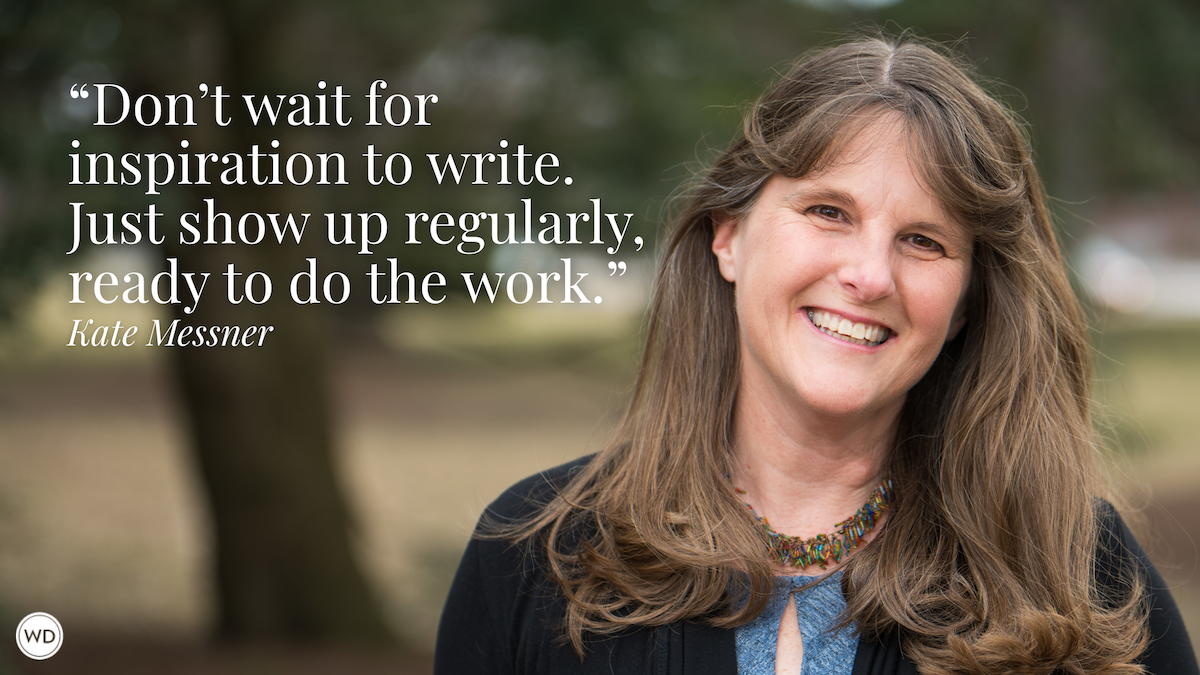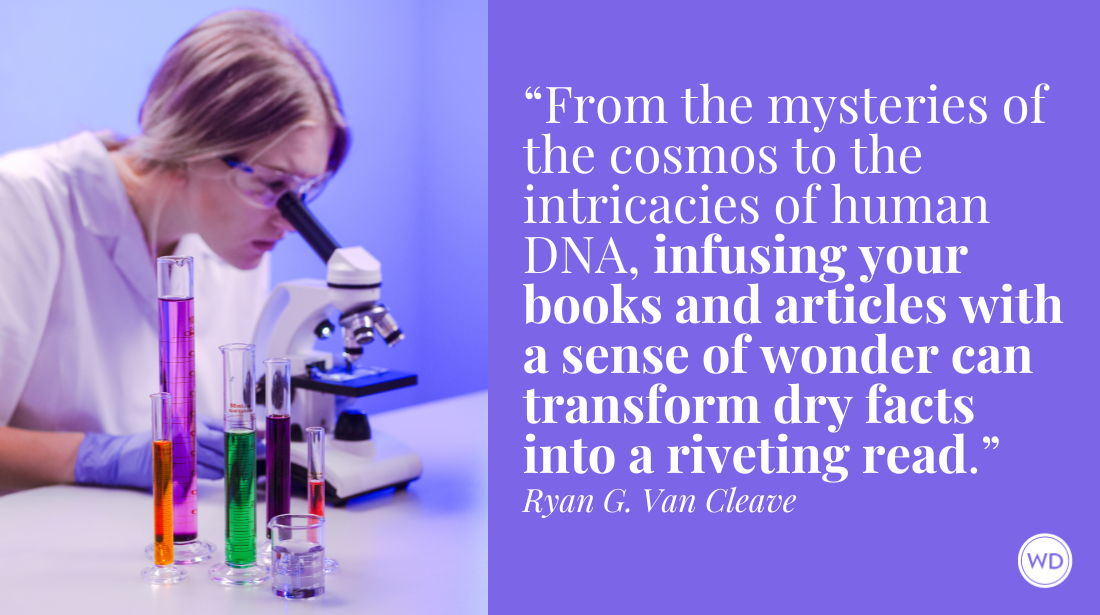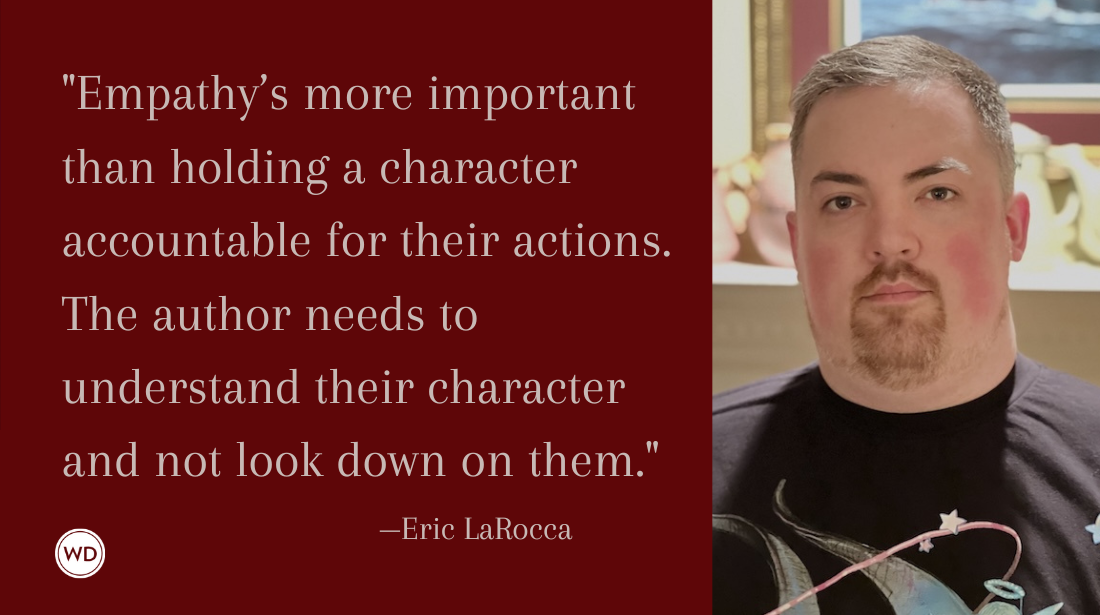5 Writing Lessons Inspired by Famous Writers
Visits to literary landmarks reveal powerful lessons every writer can carry home.
I was 16 when I visited the cabin where Mark Twain wrote “The Celebrated Jumping Frog of Calaveras County,” the short story that launched his career. It left such an impression on me that I began seeking out other literary landmarks. By now, I’ve been to all the famous places, such as Thoreau’s Walden Pond and Louisa May Alcott’s Orchard House, as well as lesser-known gems, like Jack London’s ranch (pictured at right).
Every time I visit a site, I leave enlivened and inspired to return to my own work. Somehow, seeing the typewriters these legends worked on, the beds they slept in and the views they gazed upon makes writing seem less mysterious, more tangible. At home, every famous writer was just another person who, like me, worked on his craft every day.
Here are five of the most powerful lessons I’ve learned along the way.
—by Joy Lanzendorfer
1. Rejection shouldn’t stop you.
It’s one thing to know that famous writers got rejected; it’s another to actually see the letters. At Jack London State Historic Park, for example, you can view some of the more than 600 rejection letters London amassed throughout his career. Each one basically says the same thing that rejections say today: “Thanks for your submission, but we can’t use it at this time.” London persevered and went on to become the highest-paid writer of his day.
Other writers were more sensitive to rejection. At Nathaniel Hawthorne’s birthplace in Salem, Mass., I learned how young Hawthorne would write for hours upstairs in the family home, venturing out only to walk the streets at night. When his first short-story collection, Seven Tales of My Native Land, was rejected, he is said to have burned the manuscript.
No matter how the literary greats dealt with rejection, it’s reassuring to know they experienced it, too—and kept writing anyway.
2. Creativity should be creative.
Literary sites offer glimpses into the writer’s creative process. Even something as simple as a desk or an original manuscript can tell you something fascinating about how the writer composed.
At William Faulkner’s house in Oxford, Miss., you can literally see how he kept his complicated plots straight: He wrote them on the walls. In his office, he drew a diagram for A Fable, a book he worked on for 12 years. The diagram was so important to Faulkner that when his wife painted over it, he not only rewrote it but shellacked it, too—which is why we can still view it today. It’s a great reminder to get outside the tidy world of the laptop and use space creatively, even messily, to figure out a way through the work.
3. Silence is golden.
Famous writers often surrounded themselves with quiet if they had the financial means to do so. Usually this meant buying a house in natural surroundings and setting up a study in which to work. Emily Dickinson’s reclusiveness makes more sense once you visit her pleasant sun-filled house in the woods in Amherst, Mass. Her bedroom, where she wrote every morning, radiates a serenity that seems to
call for verse, even to this day.
Playwright Eugene O’Neill needed absolute silence to write. When he built a house on his 158-acre ranch in California, he made sure that three empty rooms cushioned his study. And boy, did it work. The silence in O’Neill’s study is, well, deafening. Standing there, I couldn’t help reflecting on my own half-distracted writing habits, with emails and Internet only a click away. How much more would we get done if we surrounded ourselves with silence? What kind of thinking would come if we banned all interruptions?
4. Mind-body balance is key.
Of course, legendary writers didn’t always stay inside. On a tour, I learned that Louisa May Alcott liked to run (a rare pastime for a woman in the late 1800s) near her home in Concord, Mass., which helped her find the energy to write Little Women. A cousin said she was “the most beautiful girl runner I ever saw” and that Alcott liked to climb trees and jump fences; people even say she once walked from Concord to Boston for a party.
Robinson Jeffers split his day by writing poetry in the morning and gathering boulders from the nearby beach in Carmel, Calif., in the afternoon (he used them to build a house for his family). You can visit the home today, as well as the stone tower he erected in the backyard. Walking through the solid little house, which has stood for nearly 100 years, you can imagine how the physical work fed into Jeffers’ morning poetry. Like many writers, he understood the connection between the moving body and the thinking mind. Even just a walk through the neighborhood can invigorate writing in unexpected ways.
5. Inspiration is all around us.
Literary sites also show how writers used their environments in their work.
In 1879, Robert Louis Stevenson stayed in a hotel in Monterey, Calif., after traveling over from his home in Scotland. He didn’t write anything of note while there, but the scenery, Spanish influences, and a local legend about buried coins later went into his most famous book, Treasure Island.
Henry David Thoreau’s account of building a cabin in the woods made Walden Pond into an iconic place in the American imagination. Mark Twain did such a good job of depicting his Hannibal, Mo., hometown in The Adventures ofTom Sawyer that locals talk about “Becky Thatcher’s house” as if she’d been a real person.
It goes to show that inspiration is everywhere, even in your own backyard. After all, to these writers, these sites weren’t famous. They were just home.
Thanks for visiting The Writer's Dig blog. For more great writing advice, click here.
*********************************************************************************************************************************
Brian A. Klems is the online editor of Writer's Digest and author of the popular gift bookOh Boy, You're Having a Girl: A Dad's Survival Guide to Raising Daughters.
Follow Brian on Twitter: @BrianKlems
Sign up for Brian's free Writer's Digest eNewsletter: WD Newsletter








